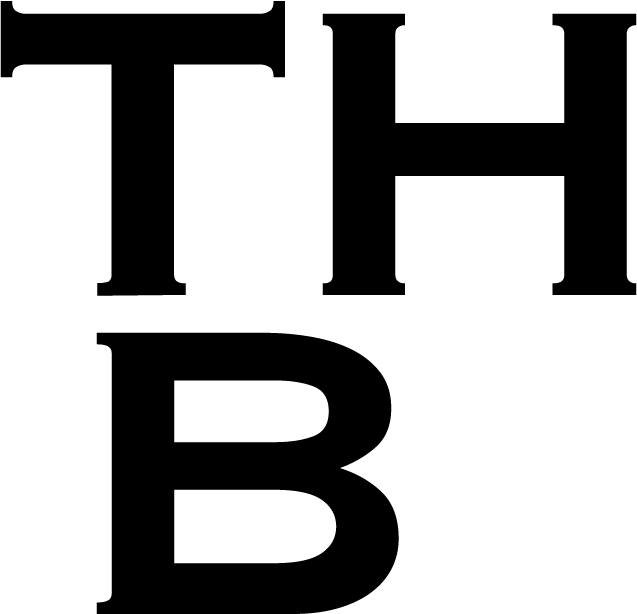
on history repeating
“The idea of education and the profession of the teacher has to be transformed from notion of a specialist function into a generally valid attitude of resourcefulness and inventiveness which allows projects to be seen not in isolation but in relationship with the need of the individual and the community. (…) Ultimately all problems of education merge into one great problem: ‘education for life.’ In a healthy society, this education for life will encourage every profession and vocation to play its part since the degree of relatedness to all their work gives to any civilization its quality.”
This reads rather contemporary and applicable to todays times, doesn’t it? The sentences somehow very precisely describe how I see and understand education, at least as a concept. The before mentioned text is part of Laszlo Moholy-Nagy’s Design-Bible « Vision in Motion », published in 1948. Me citing it, is an attempt to prove a point. As I took the liberty of replacing two words in it, not to give it a contemporary feel, but to make the sentences more relevant for my inteded purpose: I have put education instead of design and exchanged designer with the word teacher.
Moholy-Nagy was invited to teach at the Bauhaus in Weimar in 1923 by then School Director Walter Gropius, taking over the co-teaching role (in collaboration with Josef Albers) in the foundation course. His arrival at the famous institution effectively marked the end of the school’s expressionistic leanings and moved it closer towards its original aims as a school of design and industrial integration. During the late 20’s and early 30’s he also coined the concept of Neues Sehen (New Vision) with his belief that photography and the camera could create a whole new way of seeing the outside world that the human eye could not. The theory also encapsulated his approach to education. This shift in pedagogy and in the work of an academic institutions may considered to be normal today, but on the other hand, both have not evolved much since neither.
Re-re-forming
As within most schools today, especially the artistic kind, at Bauhaus the teaching was charaterized by practical training in workshops, a generalist and pluralist approach to academic delivery and creativity opportunities. The roughly thirty hours of working in the workshops each week were complemented by eighteen hours of artistic and scientific instruction (Siebenbrodt, 2015). Most workshops in the Dessau campus were open to all students for individual and joint projects.
Nothing new or special today, but seen thourgh a historic lense this approaches seem rather radical. They were however part in a short and intense period of profound transformation, with reformist pedagogy (Reformpaedagogik) reaching a peak. Laboratory Schools or progressive Education, as proposed in the United States by John Dewey and Francis W. Parker in the late 19th century, the introduction of Mastery Learning by Carleton Washburne or similarly democratic education concepts developped by Maria Montessori (1907) for children of poor neighborhoods in Rome or by Anton S. Makarenko (1920) for young offenders in Russia started to have an impact.
Detox for attitudinal educators
Alice Rawsthorne, the renowed Design critic, wrote that today’s attitudinal eductors also benefit from the growing recognition that established methodologies are no longer fit for purpose in acutely important fields, making the specialists in those sectors increasingly amenable to trying new approaches (Rawsthorne, 2018). Once again I took the liberty of exchanging the word Designer with Educator.
Current times seem to be very challenging again. Change, disruption and transformation are certainly the words of the moment, but not new or surprising. Taking a dive into the history of certain reformist approaches in education could certainly trigger some welcomed ideas, raise needed awareness and shift encrusted paradigms. Reading proposals from hundred years ago, getting inspired by them, is surely a desirable result for these upcoming hoildays. We need to detoxify students (and educators) from the educational burden that they have brought with them (Itten Johannes, cit. by Kugler, 2015).
Have a great break.
References:
Moholy-Nagy, L., Vision in Motion. (1947), Paul Theobald & Co., Chicago.
Kries, M., Kugler, J., #allesistdesign the bauhaus. (2015),Vitra Design Museum.
Rawsthorn, A., Design as an Attitude. (2018), JRP/Rigner Kunstverlag AG, Zurich.
Precht, R. D., Anna, die Schule und der liebe Gott. (2013), Goldmann Verlag, Munich.


Leave a Reply